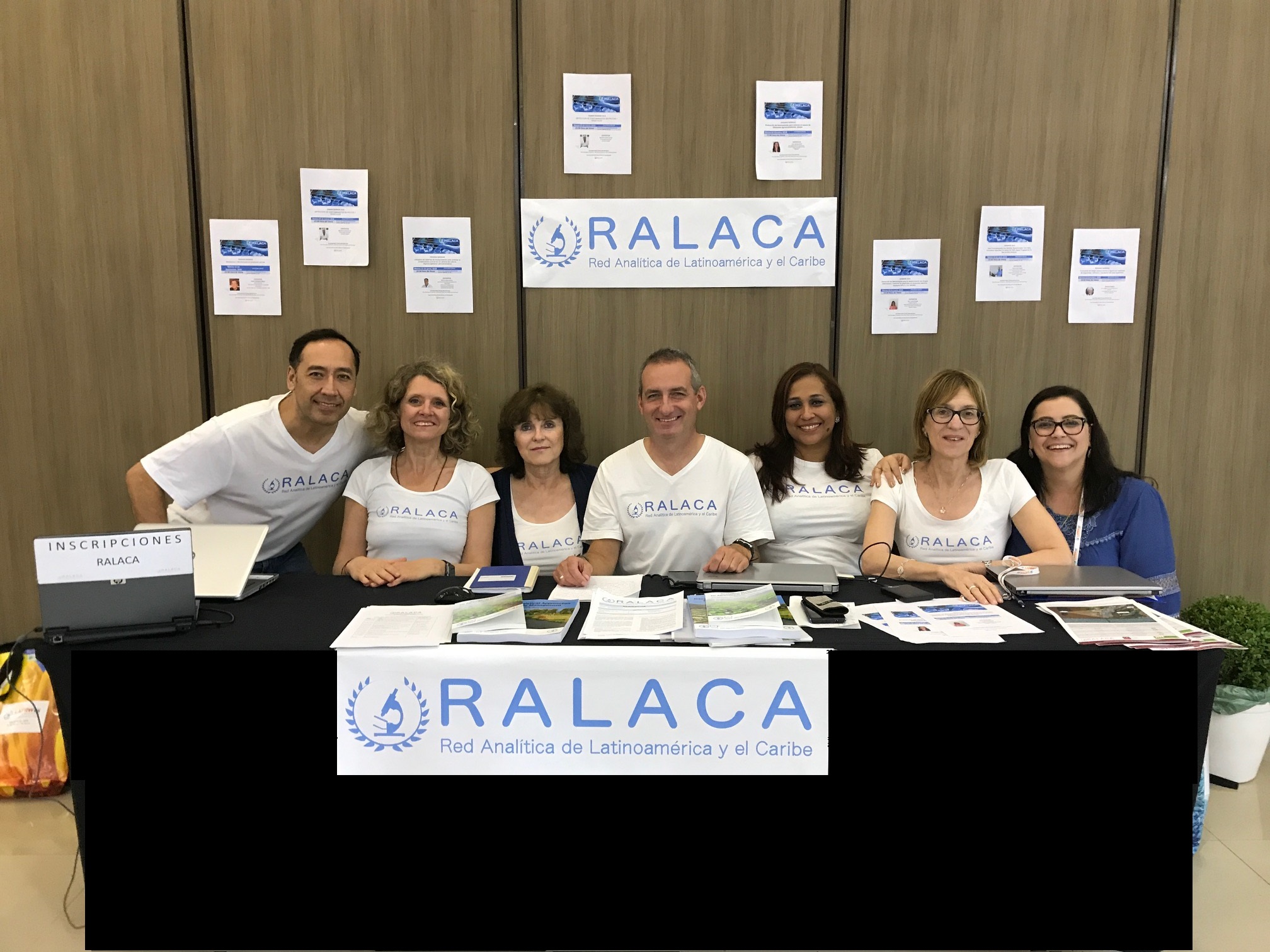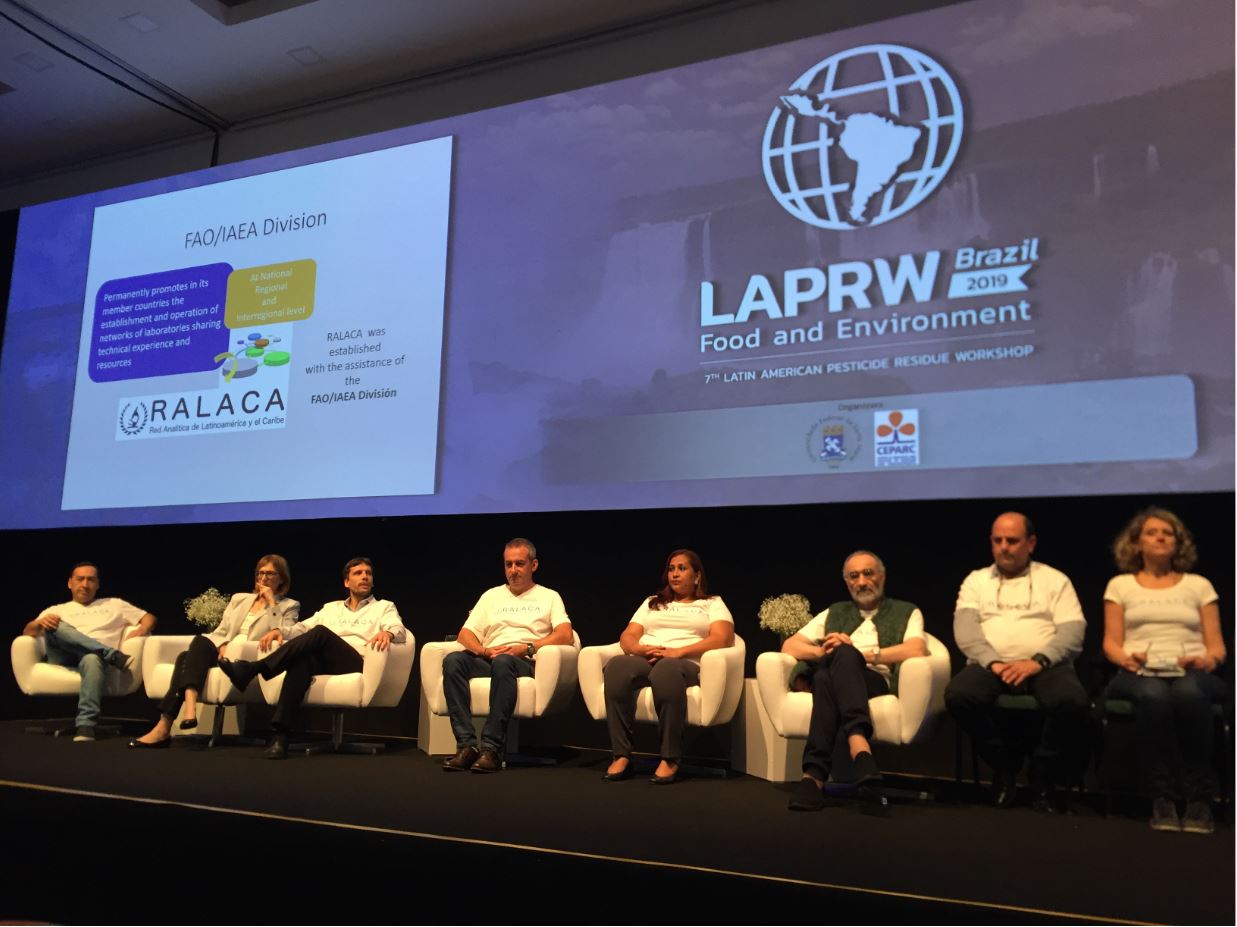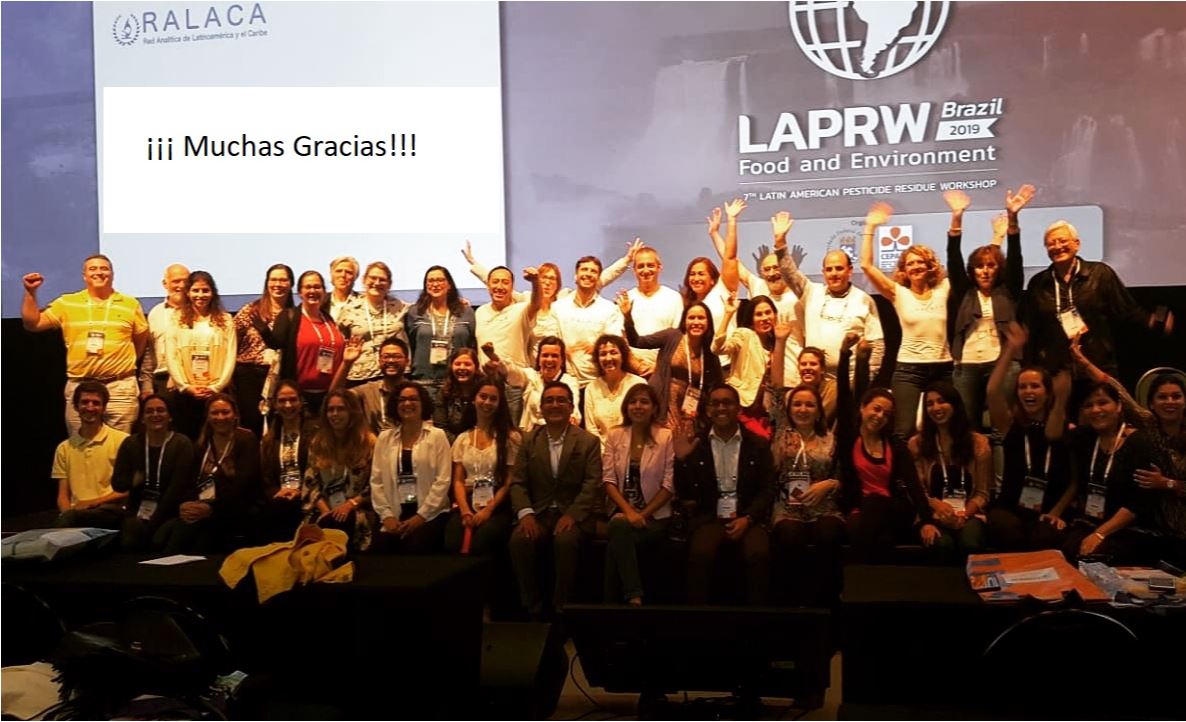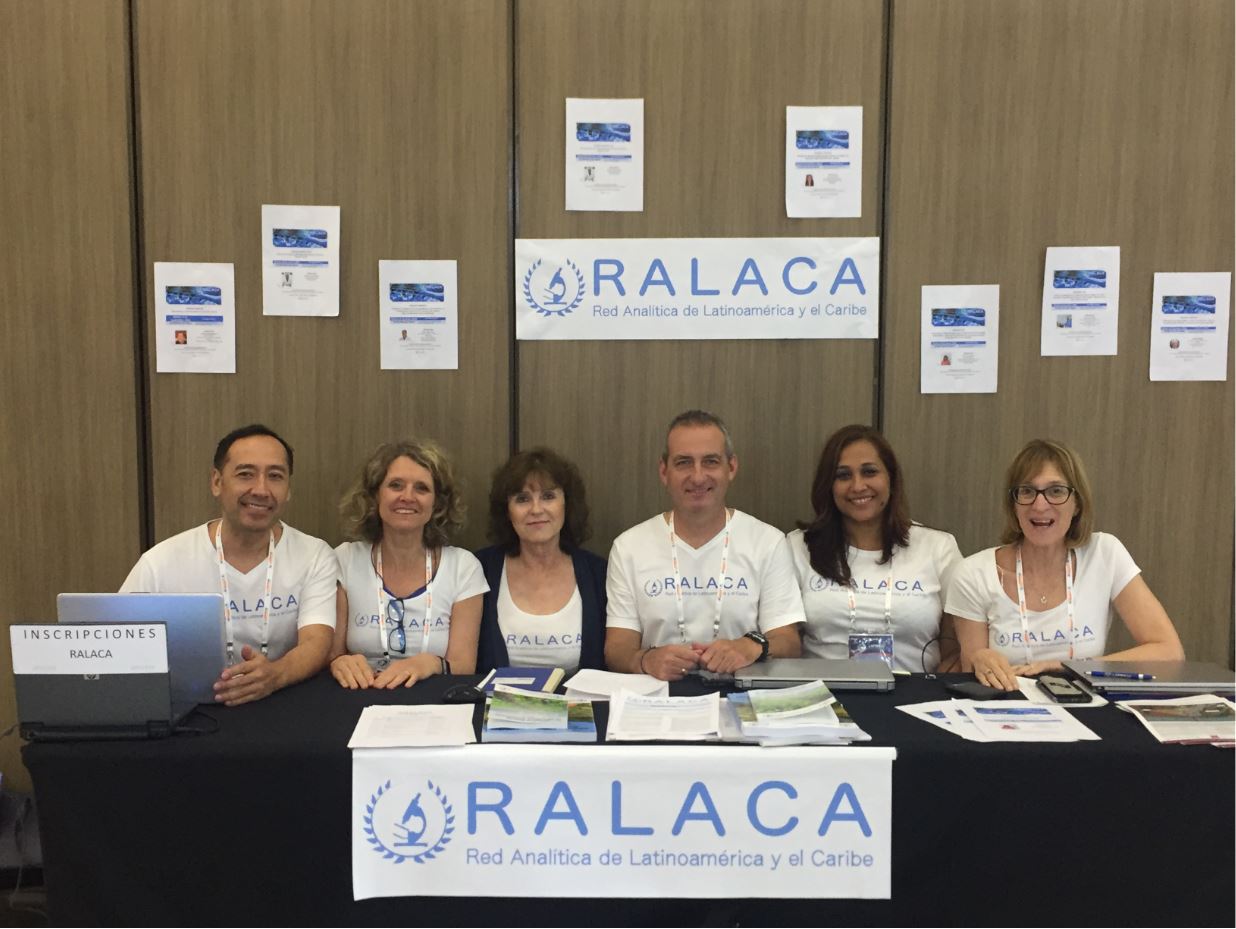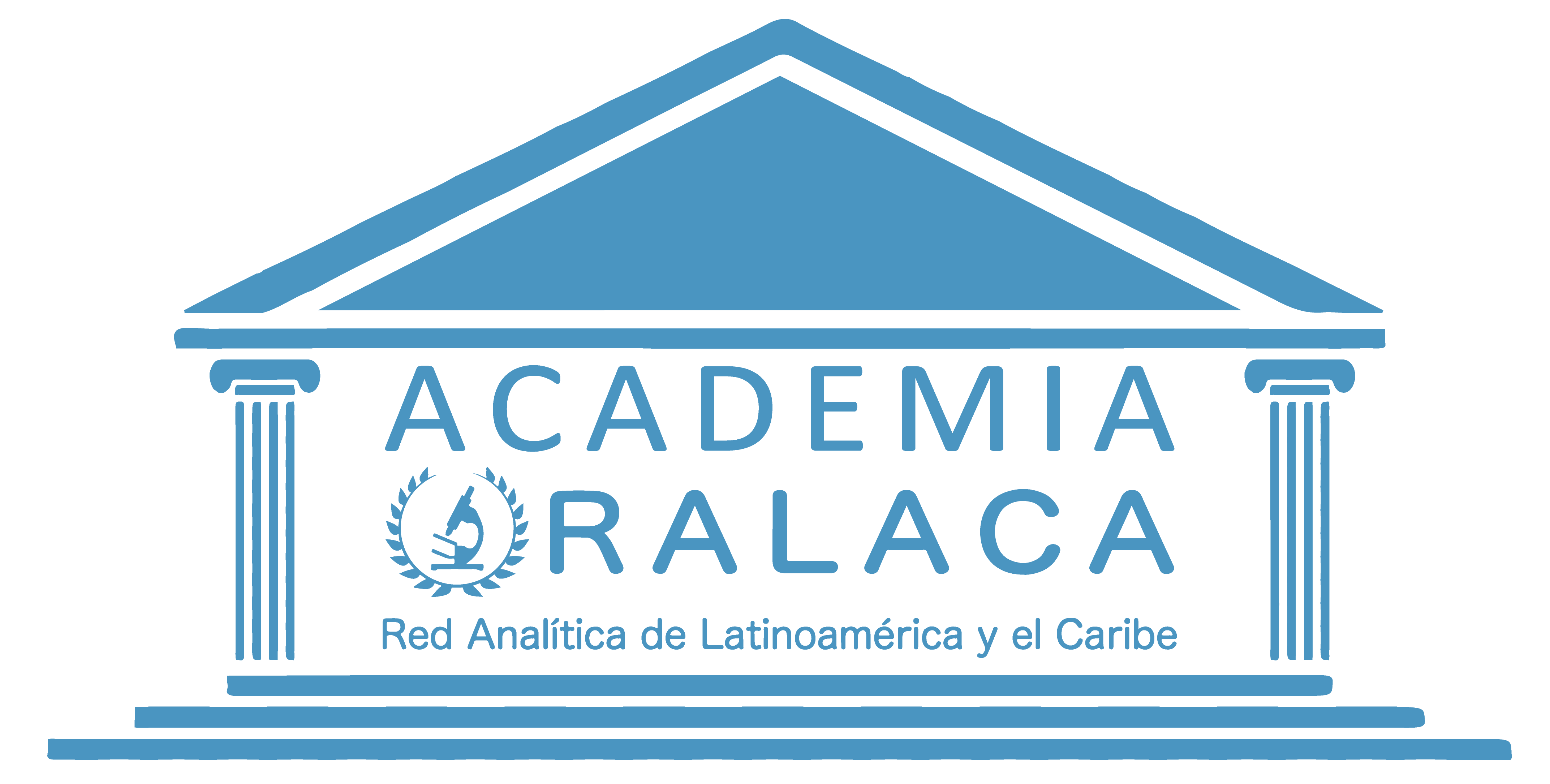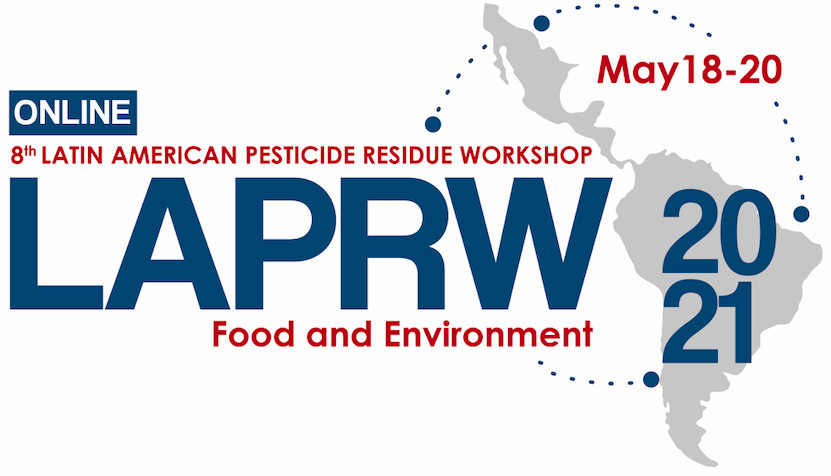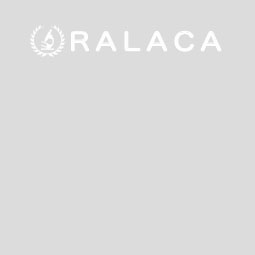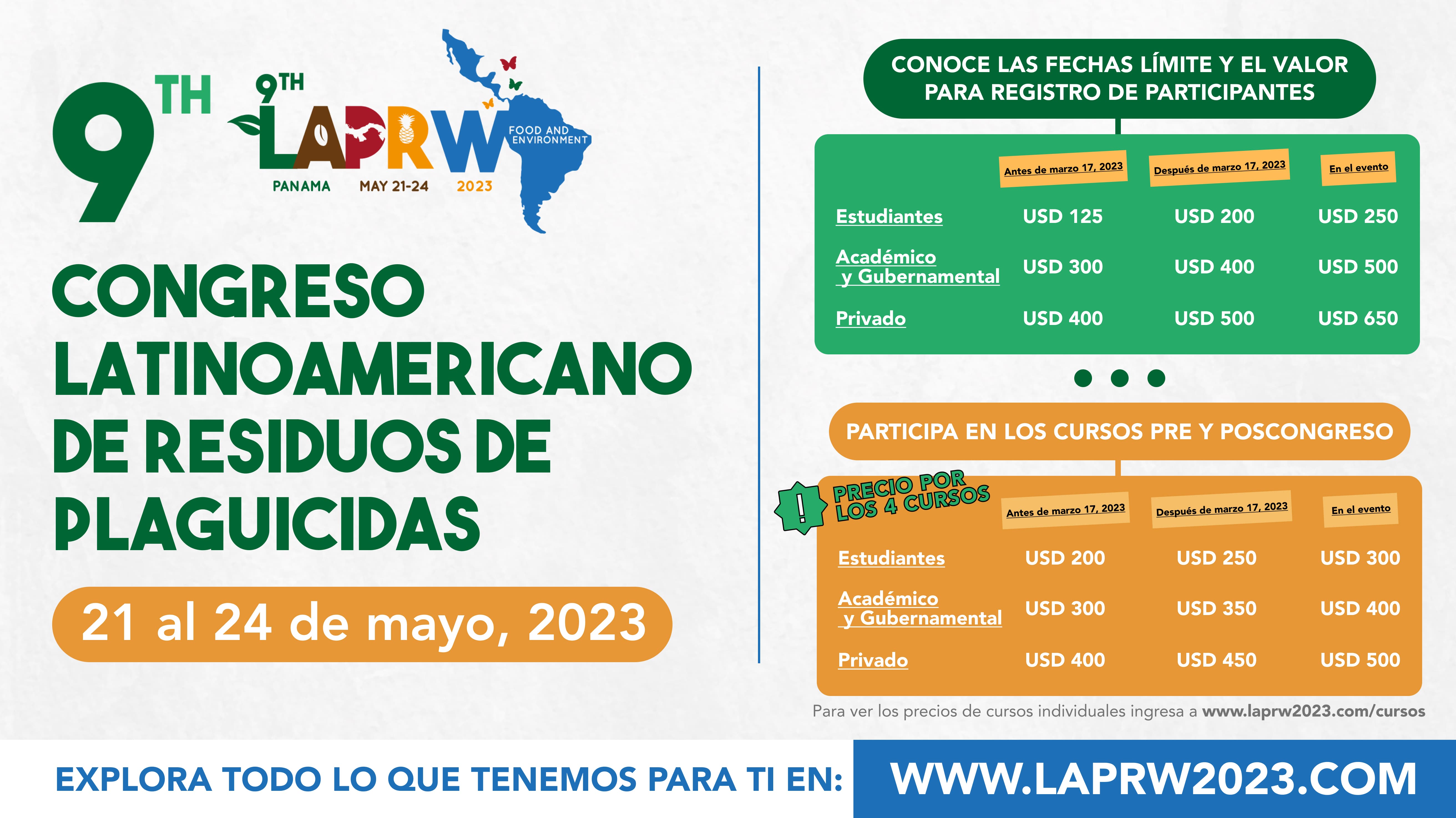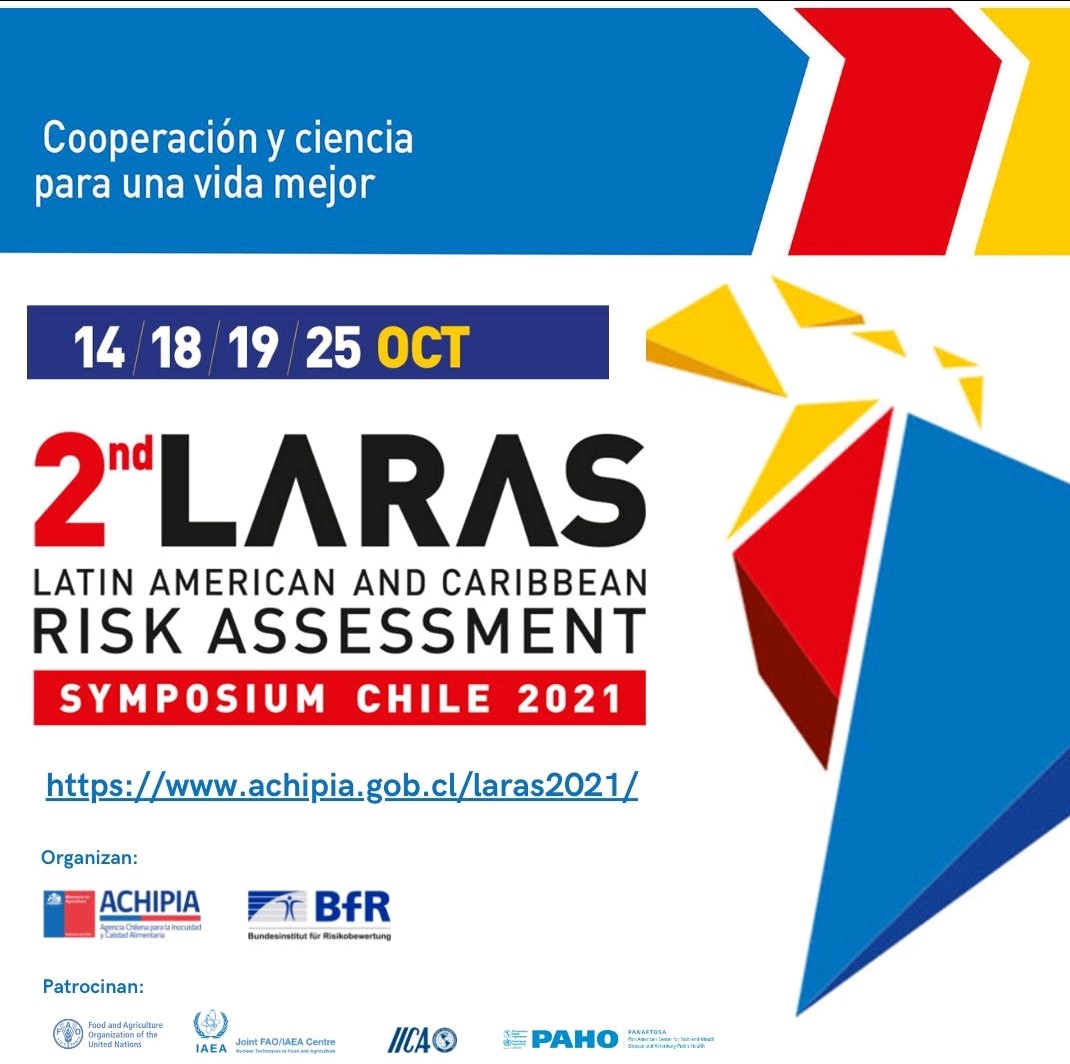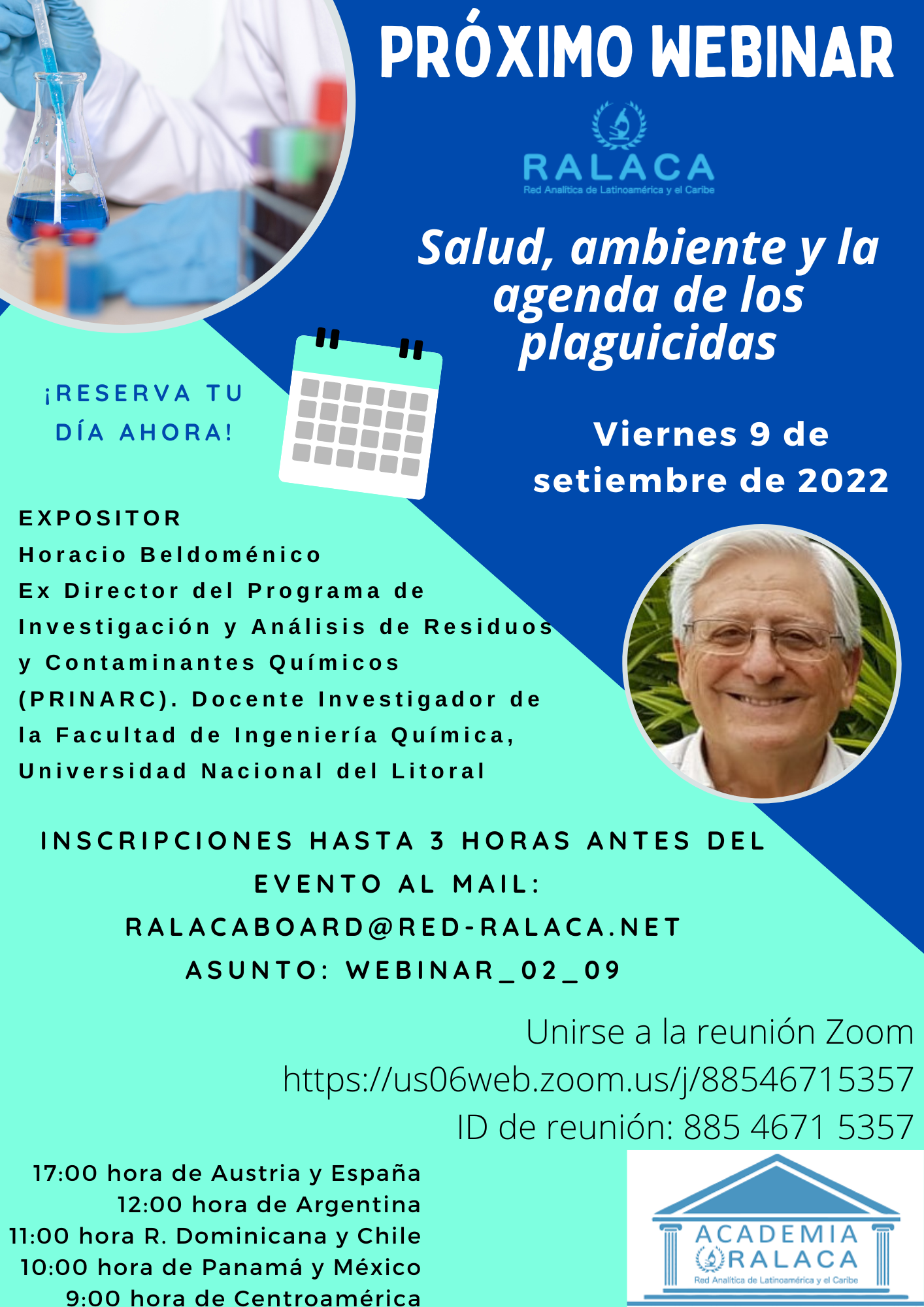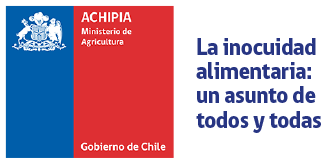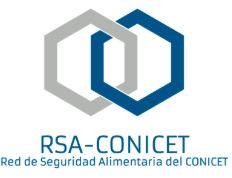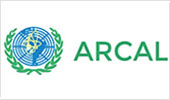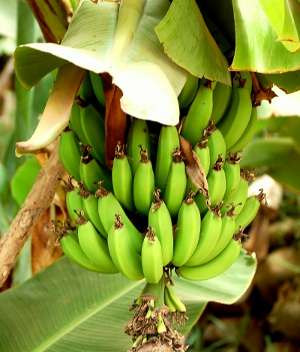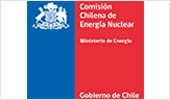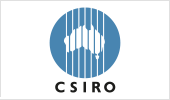|
INTI-LACTEOS- DAIRY RESEARCH CENTER OF INTI |
|
|
Contact person: |
Alejandra Rodriguez-Patricia Gatti |
|
E-Mail: |
This email address is being protected from spambots. You need JavaScript enabled to view it. |
|
Mandate of the Laboratory: |
Our Dairy Research Center at INTI, acts in the voluntary field giving technical assistance and training to laboratories in the |
|
Role in the farm-to-fork chain: |
To monitor pesticide residues in dairy products and checking |
|
National Reference Laboratory: |
The food control system in Argentina is responsibility of SENASA On the other hand we give technical assistance to the other |
|
Type of contaminants analysed: |
Organochlorine and organophosphorous pesticides in foods and Organophosphorous: Sulfotep, Methyl Parathion, Methyl Pirimiphos, fenitrothion, ethyl pirimiphos, Carbophenothion, Diazinón, Ronnel, Malathion, Ethyl parathion, Ethion, Clorphirifos, Methyl Clorphirifos, Bromophos Methyl, Chlorfenvinphos, Dioxathion, Fenthion, Isofenphos, Bromophos Ethyl, Methidathion. Carbamates: Aldicarb, Aldicarb Sulfone, Aldicrab, Sulfoxide, |
|
Matrices analysed: |
High fat content food, honey, water, cereal flour, environmental |
|
Combination matrices and |
Milk, water, waste water, cereals, flour, soil, lanolin: Organochlorine and organophosphorous pesticides. |
|
Description of validated method used: |
For milk: For Honey: |
|
Laboratory accredited according to |
Yes by Organismo Argentino de Acreditación (OAA) |
|
Provision of interpretation of residue |
Yes, usually to understand the compliance with regulation |
|
Laboratory certified according to GLP: |
Not applicable |
|
Is laboratory available for research and |
Yes, it is compatible with our strategic plan, functions and institutional mission |
|
Is the laboratory available for quality auditing services within RALACA when funding becomes available? |
Yes, it is compatible with our strategic plan, functions and institutional mission |
|
Is the laboratory available for expert missions within RALACA when funding becomes available? |
Yes, it is compatible with our strategic plan, functions and institutional mission |
|
Is the laboratory available for ad hoc on- site training when funding becomes available? |
Yes, it is compatible with our strategic plan, functions and institutional mission |
|
Is the laboratory available for ad hoc |
Yes, it is compatible with our strategic plan, functions and institutional mission |
|
Is the laboratory available for preparation of ad hoc reference materials when projects/funding becomes available? |
Yes, it is compatible with our strategic plan, functions and institutional |
|
Is the laboratory available for organization and distribution of ad hoc proficiency testing/collaborative trials when projects/funding becomes available? |
Yes, it is compatible with our strategic plan, functions and institutional mission |
|
INTI-NEUQUÉN (PESTICIDES RESIDUES LABORATORY FROM THE TECHNICAL UNIT FOR
|
|
|
Mandate of the Laboratory: |
In INTI Neuquén, our mission is to strengthen the public and |
|
Role in the farm-to-fork chain: |
Pesticide residue analyses in fruits, vegetables, water, |
|
National Reference Laboratory: |
No. The food control system in Argentina is responsibility of |
|
Type of contaminants analysed: |
Organochlorine, organophosphate, pyretroid and other pesticides |
|
Matrices analysed: |
Fruits and vegetables Water Wastewater Soil |
|
Combination matrices and contaminants |
We analyze organochlorine, organophosphorate ,pyretroid and |
|
Description of validated method used: |
AOAC international Method for pesticides residues in fruits and |
|
Laboratory accredited according to |
No |
|
Provision of interpretation of residue |
Yes. We also give some training related to the results. |
|
Laboratory certified according to GLP: |
No |
|
Is laboratory available for research and |
Yes |
|
Is the laboratory available for quality |
Yes |
|
Is the laboratory available for expert |
Yes |
|
Is the laboratory available for ad hoc on- |
Yes |
|
Is the laboratory available for ad hoc |
Yes |
|
Is the laboratory available for |
Yes |
|
Is the laboratory available for |
Yes |
|
|
|
|
Contact person in the laboratory: |
María Eugenia Parolo María Mercedes Indaco |
|
Email of contact person: |
This email address is being protected from spambots. You need JavaScript enabled to view it. This email address is being protected from spambots. You need JavaScript enabled to view it.
|
|
Mandate of the Laboratory: |
Proveer al sector productivo asesoría y ensayos analíticos en el área de contaminación y protección ambiental y desarrollar metodologías que propendan a disminuir los impactos de las actividades industriales y urbanas en nuestra región. |
|
Role in the farm-to-fork chain: |
Uso de los datos ambientales como indicador de las Buenas prácticas agrícolas. |
|
National Reference Laboratory: |
No |
|
Type of contaminants analysed: |
Plaguicidas Organofosforados, Organoclorados, Carbamatos y |
|
Matrices analysed: |
Agua, suelo, sedimentos. |
|
Combination matrices and contaminants |
Suelo y sedimentos: Organoclorados y organofosforados |
|
Description of validated method used: |
Agua: Organofosforados y carbamatos: Extracción en fase sólida - Método EPA 3535A modificado. |
|
Laboratory accredited according to |
En proceso (OAA). |
|
Provision of interpretation of residue |
Cuando es requirido por el solicitante |
|
Laboratory certified according to GLP: |
No |
|
Is laboratory available for research and |
Sí |
|
Is the laboratory available for quality auditing services within RALACA when funding becomes available? |
Sí |
|
Is the laboratory available for expert missions within RALACA when funding becomes available? |
Sí |
|
Is the laboratory available for ad hoc on- site training when funding becomes available? |
Sí |
|
Is the laboratory available for ad hoc |
Sí |
|
Is the laboratory available for preparation of ad hoc reference materials when projects/funding becomes available? |
No |
|
Is the laboratory available for organization and distribution of ad hoc proficiency testing/collaborative trials when projects/funding becomes available? |
No |
 Vienna, Austria
Vienna, Austria 

